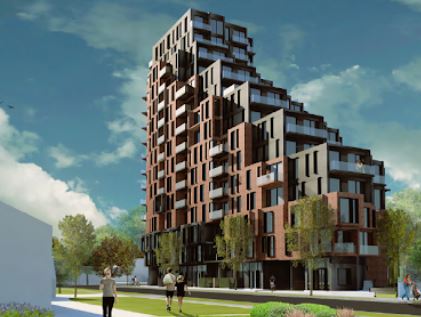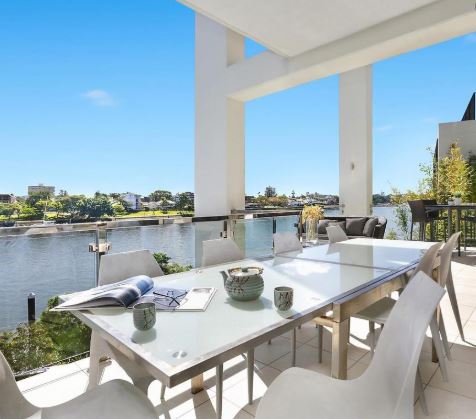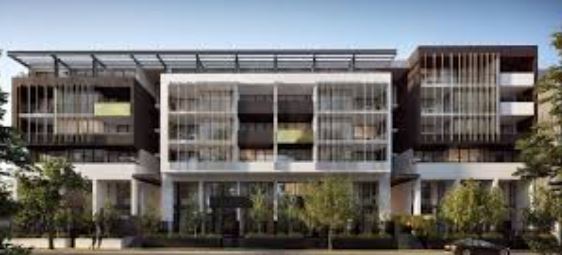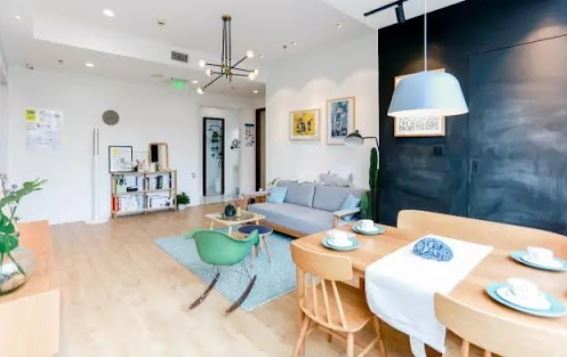
Foreword
In Australia, mainstream real estate development is divided into two types: residential development and commercial development. Residential development is relatively intuitive, and small developments are more suitable for newcomers. Commercial development requires developers to have more experience, and it is high risk and high return. The main difference between residential and commercial development is how to value its assets.
The evaluation of the value of residential development is based on supply and demand. For information on how supply and demand affect the Australian property market, please refer to Wan Jia’s previous article on June 9. Today, the main discussion here is residential development, because the threshold for residential development is lower than commercial real estate, and it is also the type of real estate development that many new developers will choose to test water.

Types of real estate development

Renovations
Some old towns (Albert Park, St Kilda East, Armadale, etc.) in large cities in Australia have a lot of opportunities to renovate old houses. Such refurbishment projects may have a good return in the short term.
Some of the parts that may be involved in the renovation project are: structural changes, adding additional rooms, or just painting the old house to make it look new and then selling it. But grasping the market, stamp duty, the price of renovations, and the value of renovations to homes all need to be considered.
House Speculative Home
Single-family villas are usually built on a separate piece of land. This piece of land can be new land developed at the first level, or an old house in the old city is torn down and rebuilt. Developers can also use the “Land Villa Package” to promote this type of development, divide a large area of land into small plots, and then sell two contracts, one is a land contract and the other is a contract with a contractor.
This development generally requires only construction approvals, no planning approvals.
Townhouse development Townhouse
The development scale of small townhouses is usually 2 to 10 townhouses. Most of these developments are in and around major Australian cities. After selecting the geographic location and doing sufficient market research, this type of development has less risk, lower development costs, and stable returns. It is suitable for novice developers.

The geographical location of the development of small townhouses is very important. If the land is cost-effective and the development management process is compact and reasonable, the safety of the project is well guaranteed.
The development scale of large-scale townhouses is 10 or more townhouses. Usually this development has a relatively clear architectural design theme. Larger projects, such as the development of more than 20 townhouses, are best constructed in phases, which can appropriately avoid risks and reduce cash flow cycles, which is quite beneficial to the entire project. Such projects require the cooperation of experienced planning designers and development management companies, as well as a full understanding of the local market.
The development of townhouses requires strict geographical location. The key to success is the location. If the purchase price is too high or the price falls in the area after completion, it is difficult to have a good return. Therefore, the development of townhouses must be accurately positioned in the market, and must be certain of the estimated house prices after completion.

Apartment Development
Apartment development in Australia is generally in urban areas or near urban areas. With the increase in urban population and the increase in infrastructure costs incurred by urban expansion, the development of apartments can increase the utilization rate of urban space. The aspects to be considered for an apartment project are: convenient location, or close to the city center (CBD), convenient transportation, sound supporting facilities and so on.
For different customers (such as overseas investors, white-collar workers at work or local occupants), the market positioning, development strategy planning, marketing plan, etc. will be very different. It is very necessary to find a professional development management company that understands the local market. Yes, Wanjia Development Management Consulting Co., Ltd. can give detailed suggestions according to the specific situation of customers.
Level 1 development
Residential Land Subdivision
First-level development (segmentation of land) can range from small to large, from dividing your own backyard to developing a new urban area. The latter will involve a lot of land use planning work, during which it is necessary to negotiate with the government’s development department and other relevant departments. Developers usually cooperate with contractors, and products are sold as “land villa packages”.
This type of development involves relatively few construction risks (generally three links and one leveling), but the approval process is relatively long, and developers must have sufficient cash flow to ensure the project runs. Because of the long project cycle, many first-level developments will be completed in several phases to ease funding pressure.
Niche residential development
Niche Residential Development
In addition to the common types of residential development mentioned above, developers can also consider the following types of niche development projects:
Holiday Villa
Timeshare Vacation Apartment
Government public housing
students apartment
Nursing home
RV Park

In general, the demand for niche development is relatively small, market research needs to be done sufficiently, and investment needs to be cautious.

Although today’s article mainly discusses residential real estate, I suggest that you usually look at what is happening in this world. Don’t just stare at Australia’s liquidation rate, median price, etc. all day. To be honest, it’s boring. Yes, not to mention, this year’s figures are not good.
In terms of the current trends in the commercial real estate world, many industries have quietly undergone their own industrial revolution. Large department stores, ultra-large-scale shopping malls, are the most sought-after model of commercial real estate. People buy their own houses and like to buy them in places where shopping is more convenient. But nowadays, the Internet has already changed people’s consumption habits, and department stores dominated by traditional retailers have long been unsustainable.
Although Australia still lags behind in this respect, the value of retail and shopping mall properties has also been hit by the Internet. Some large real estate funds and private placements will now be more cautious about shopping mall investment.
For example, at the end of last year, Westfield Group accepted the news that Europe’s largest commercial real estate group acquired an invitation to purchase. It was regarded as a large institution’s judgment on the future value of retail properties and began to enter a new era. As for the impact on the hotel industry, they have already been overwhelmed by companies like airbnb, and there is nothing more than a Weibo big V to give you a sneak shot and an unpredictable visit. In comparison, the impact on residential real estate seems to be relatively minimal. From the current situation, this is indeed the case. But who will know that in the future, people will buy residential real estate, will there be some revolutionary changes in the way they invest in residential real estate?
If you still hold the investment philosophy of buying a house, buying a house, and buying a house that have not changed for decades, then the next one to be subverted may be you.

